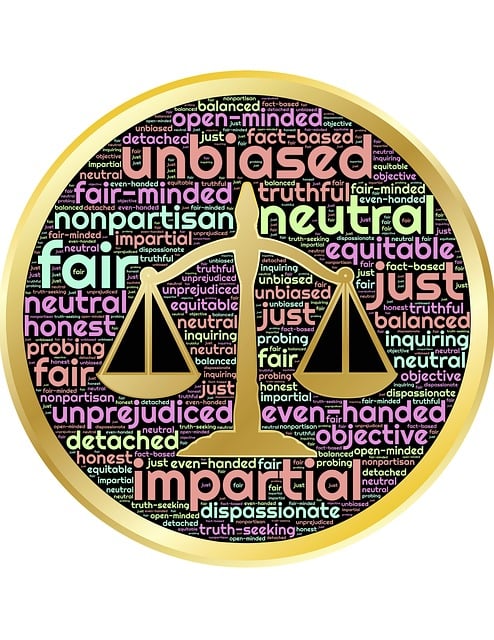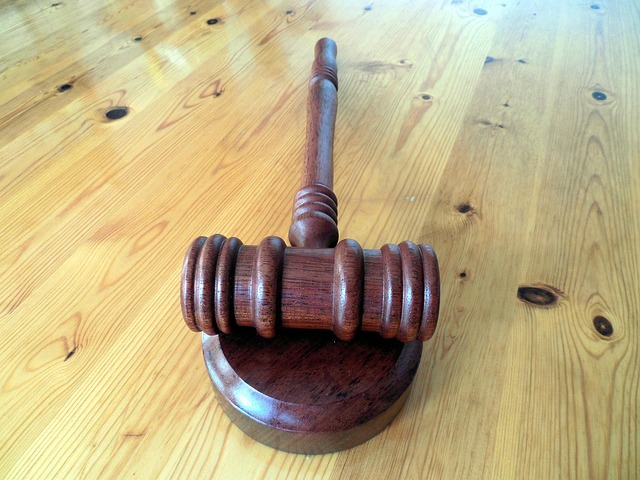“Whistleblower protection lawsuits are a powerful tool for individuals who expose illegal or unethical activities within organizations. This comprehensive guide delves into the intricacies of whistleblower protection laws, offering a thorough understanding of their importance and application. We explore the critical role legal representation plays in these cases, highlighting key elements to prove for successful litigation.
Furthermore, we analyze common challenges faced by whistleblowers and provide best practices for evidence documentation, ensuring individuals have the best self-defense tactics available in criminal cases.”
- Understanding Whistleblower Protection Laws: A Comprehensive Overview
- The Role of Legal Representation in Whistleblower Cases
- Key Elements to Prove in a Whistleblower Protection Lawsuit
- Common Challenges Faced by Whistleblowers and How to Overcome Them
- Best Practices for Documenting and Preserving Evidence in Criminal Cases
Understanding Whistleblower Protection Laws: A Comprehensive Overview
The Role of Legal Representation in Whistleblower Cases
When facing whistleblower protection lawsuits, having strong legal representation is paramount. The role of an experienced attorney goes beyond simply defending against allegations; they become your best self-defense tactics in criminal cases. Skilled legal counsel can navigate the complex web of laws and regulations surrounding whistleblower actions, ensuring your rights are protected throughout the process.
An unprecedented track record in handling white collar and economic crimes cases further enhances a lawyer’s ability to achieve extraordinary results for their clients. By employing strategic arguments, leveraging relevant precedents, and understanding the nuances of whistleblower protection statutes, legal representatives can make all the difference in the outcome of such lawsuits. This expertise is invaluable when facing potential penalties or reputational damage stemming from allegations of whistleblowing.
Key Elements to Prove in a Whistleblower Protection Lawsuit
When navigating a whistleblower protection lawsuit, understanding key elements to prove is essential for achieving the best self-defense tactics in criminal cases. First and foremost, establish that you made a good faith report of suspected illegal activity within your respective business. This includes documenting when and how you reported the issue, any evidence collected, and the impact of the alleged wrongdoing on the organization or public interest.
Additionally, demonstrate that your actions were motivated by a sincere desire to expose misconduct, rather than personal gain. Showing these elements can lead to a complete dismissal of all charges, as courts favor individuals who bring attention to unethical practices across the country. This is crucial in ensuring that whistleblowers are protected while upholding the integrity of reporting mechanisms within businesses and public institutions.
Common Challenges Faced by Whistleblowers and How to Overcome Them
Whistleblowers often face significant challenges when coming forward with information about illegal or unethical activities within an organization. They may fear retaliation from employers, including terminations, demotions, or even harassment. These fears are not unfounded; many whistleblowers have suffered severe career setbacks and personal distress as a result of their actions. However, robust whistleblower protection laws offer a crucial form of self-defense for individuals who choose to expose corruption within their companies. Understanding these legal protections is the first step in combating potential backlash.
To overcome common challenges, whistleblowers should familiarize themselves with best practices in white-collar defense strategies. This includes documenting evidence meticulously, seeking legal counsel experienced in handling high-stakes cases, and maintaining a low profile until they can ensure their safety. By employing these tactics, individuals can protect themselves and their information while navigating complex legal landscapes. The goal is to ensure that whistleblowers feel empowered to come forward without fear of irreversible consequences, thereby fostering an environment where ethical conduct thrives over malicious practices.
Best Practices for Documenting and Preserving Evidence in Criminal Cases
When it comes to best self-defense tactics in criminal cases, one of the most critical components is effective evidence documentation and preservation. In high-stakes cases, where the outcome could mean life or liberty, meticulous record-keeping can be the difference between acquittal and indictment. Start by gathering all relevant documents, including any communications related to the incident, witness statements, and physical evidence. Organize this information in a structured manner to ensure easy accessibility during legal proceedings.
Additionally, preserve digital evidence responsibly. With technology playing a significant role in modern investigations, electronic data can be invaluable. From emails and text messages to surveillance footage and social media posts, these digital remnants should be handled with care. Avoid altering or losing this evidence, as it could have profound implications for the case’s outcome, especially during jury trials. Employing best practices for documenting and preserving evidence is not just a strategic move; it’s a crucial step in protecting one’s rights and ensuring a fair legal process.
Whistleblower protection lawsuits are a vital tool for those who expose illegal activities within organizations. By understanding the complexities of these cases and employing effective legal strategies, whistleblowers can navigate the challenges they face and uphold their rights. From comprehending the law to gathering evidence and overcoming obstacles, this article has equipped readers with essential knowledge. Remember that seeking professional legal counsel is a best self-defense tactic in criminal cases, ensuring whistleblowers are well-represented and have the best chance of success.






